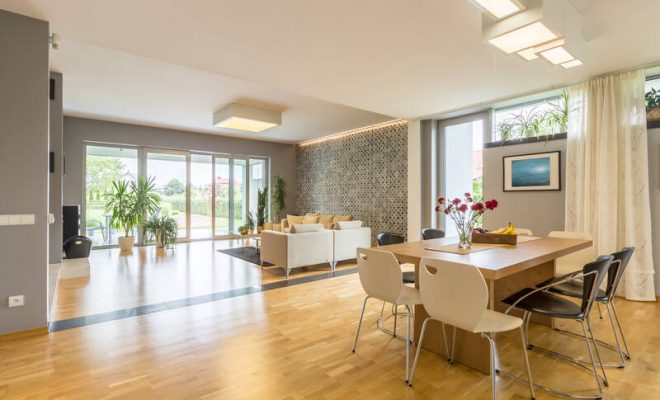
Lifestyle
Replace Your Windows for a Huge Boost to Your Home’s Efficiency
San Diego is a temperate climate, so we often take for granted the energy lost through our windows. Your windows can make a huge difference in your home’s energy efficiency, and replacing them can be a sure-fire way to reduce your energy costs and add value to your home.
If you’re not interested in replacing your windows, there are a couple of things you can do for your existing windows. You can apply caulking and weather-stripping to reduce air leakage around windows, or apply window treatments or coverings to help reduce heat loss or heat gain. These solutions are never as effective at reducing air leakage or infiltration compared to new windows. You can save more in the long run when you replace windows as opposed to constantly trying to improve them.
Energy Savings
Installing modern energy-efficient windows can help reduce energy costs by lowering your heating and cooling costs. You can expect lower monthly power bills and an increase in the lifespan of your A/C unit because it won’t have to work as hard anymore.
Comfort
Energy-efficient windows help keep you comfortable year-round. They work well in either warm or cool climates by keeping unwanted air out to maintain a comfortable and well-balanced temperature inside your house.
Less Condensation
Energy-efficient windows have spacers to handle expansion during hot weather and contraction in cold weather which helps in reducing condensation build-up.
Light
A good window can provide ample natural light into your home while reducing the amount of heat gain.
Prevents Fading
Furniture and other materials in your house tend to fade over time when they are constantly exposed to sunlight. Energy-efficient windows have a Low E glass coating which is a special coating that filters damaging UV light to help protect interior furnishings from fading. This is definitely a vital consideration when you are furnishing a new home.
Energy Efficient Windows and Their Performance Ratings
It is important for homeowners to find windows that work best for their home. One way to help them on their quest is to get a better understanding of the energy performance ratings of windows so that they can select the ideal window that works for their climate zone.
The minimum energy performance rating criteria and standards by climate are set by The U.S. Environmental Protection Agency program, ENERGY STAR®. While the ratings determine overall energy efficiency, a window’s type, and style can also come into play when it comes to its performance. The various ratings and numbers in each of these factors are determined primarily based on location. The ENERGY STAR designations for windows that meet certain energy performance criteria which are developed by The U.S. Department of Energy (DOE) and the Environmental Protection Agency (EPA) show the zones these windows qualify in. It is important to check the window’s ENERGY STAR label when choosing windows for your home especially when energy-efficiency is a main concern. The window label provides information on the product’s performance and energy efficiency and helps you compare your options with other brands and other window types.
Here are the components of Energy-Efficient Windows to give you more information on what makes them energy efficient:
- Double-pane insulated glass: Dual-panes can insulate better than a single pane.
- Heat-resistant (Low-E) glass coating: Low-E coating blocks infrared light to help control temperature inside by keeping hot or cold air out.
- Airtight frame: Energy efficient materials options include vinyl and fiberglass and they do an excellent job at heat reduction, heat transfer, and insulation.
- Spacer: A spacer allows for optimal airflow between the glass panes. Excessive airflow or restricted airflow can affect the efficiency of the insulating glass.
The glass panels play a vital role in a windows’ overall energy efficiency. Here are the three main factors you should also look into when choosing windows:
Visible Transmission (VT)
This refers to the amount of natural light transmitted through the glass. A high VT rating with a recommended value of 60 to 80 percent VT value means that the glass will allow a sufficient amount of natural light into your home and reduce the need for artificial lighting during the day.
Solar Heat Gain coefficient (SHGC)
This refers to the amount of solar heat (outdoor heat) that can pass through the glass and The lower the SHGC the lower amount of solar heat will enter your home. Warm climates must be as low as 0.40 or below.
U-value
This refers to the amount of heat that can escape through the glass and a low U-Value is ideal for all climates. The best way to maintain your home’s energy efficiency is to install modern and energy-efficient windows. This will reduce the amount of heat transfer.
Boosting your home’s efficiency with windows is good for your wallet and good for the environment. Hopefully these benefits help you make informed decisions.


2 Comments